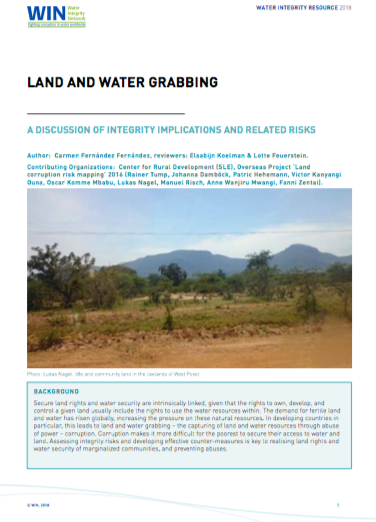The role of field and garden cultivation for food security under a changing climate: The case of Fairbairn and Ntloko villages, Eastern Cape
Climate change poses a very real threat to millions of Africans, especially those who rely on the natural world for their livelihoods. The increasing variability of climate and rainfall patterns are said to have dire consequences on agricultural production which is the main livelihood activity of rural dwellers across the continent.






